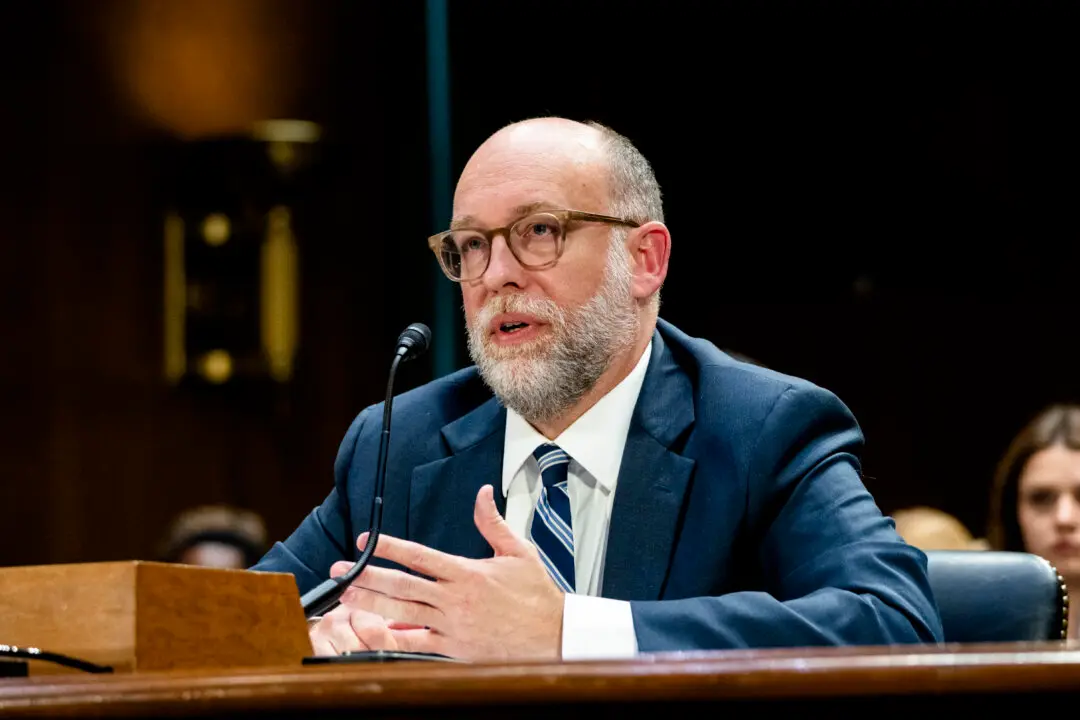WASHINGTON—U.S. job openings surged to record high levels this year, and for the first time in many years, available jobs exceeded the number of unemployed people, with companies struggling to find workers with the talents they need.
Businesses across the United States are suffering from a talent shortage, and the problem is growing. As of the end of August, there were 7.1 million unfilled jobs, an 18 percent increase in the last year. Meanwhile, 6.1 million unemployed Americans are looking for jobs, and the labor force participation rate lingers at 63 percent.





